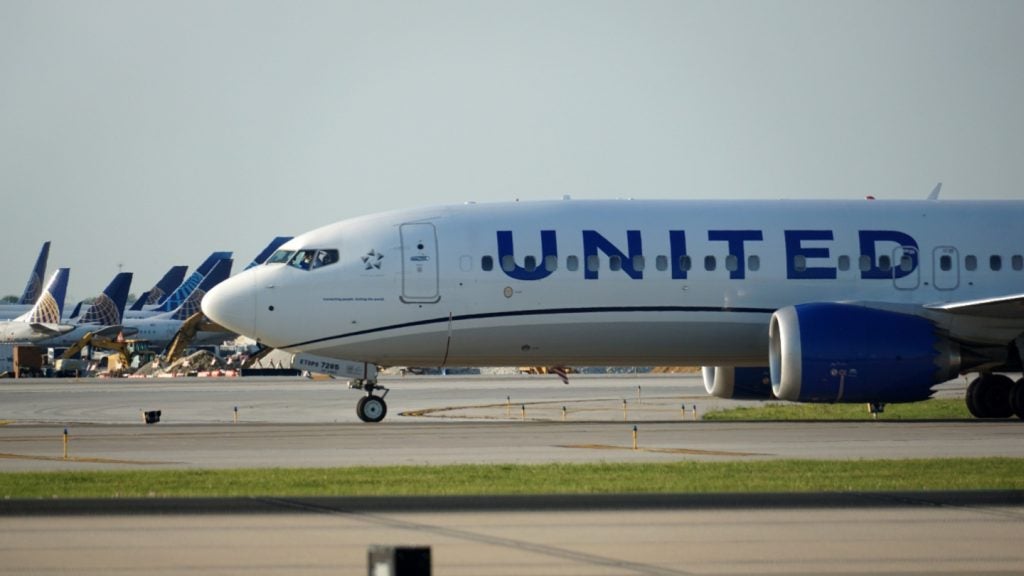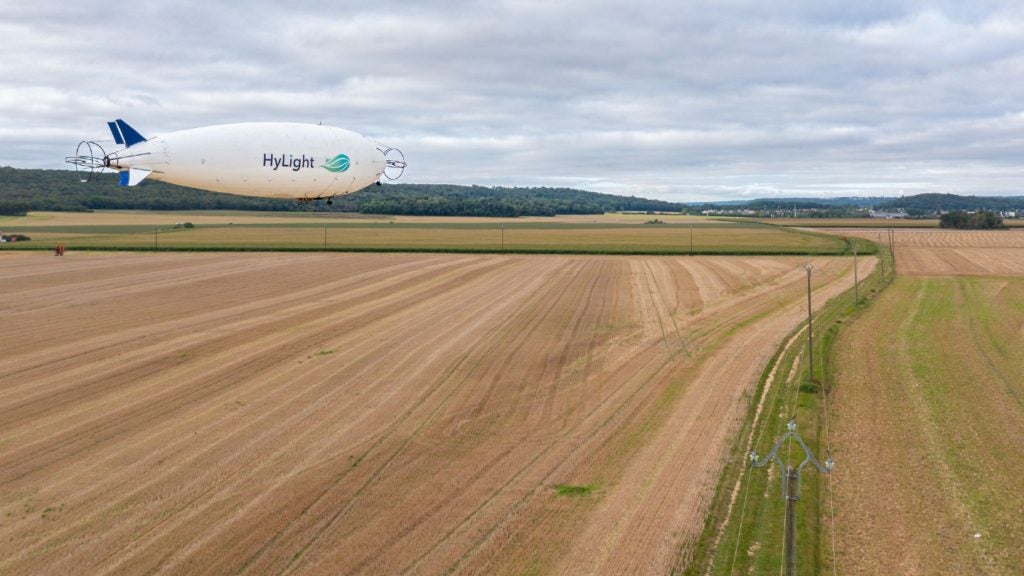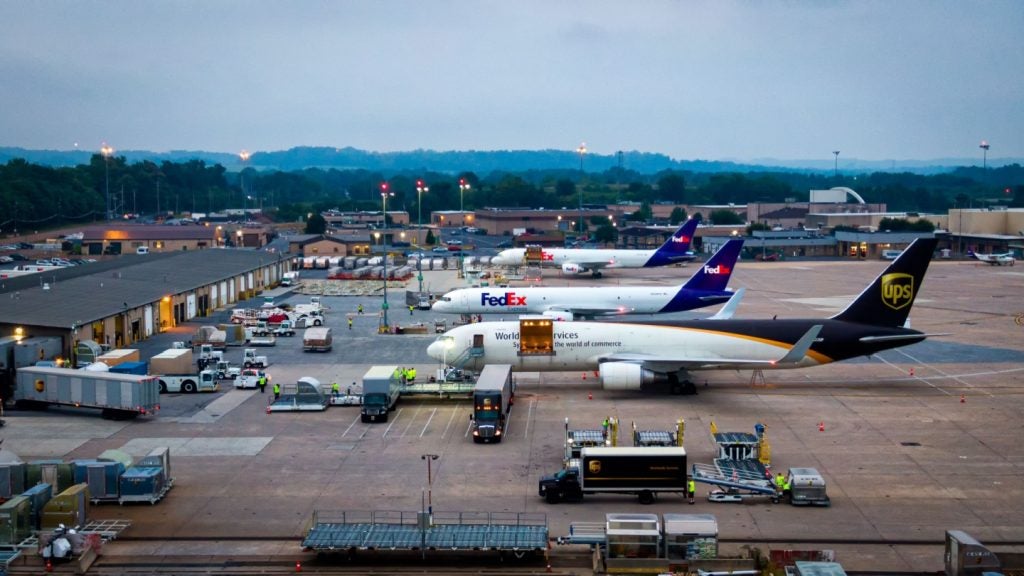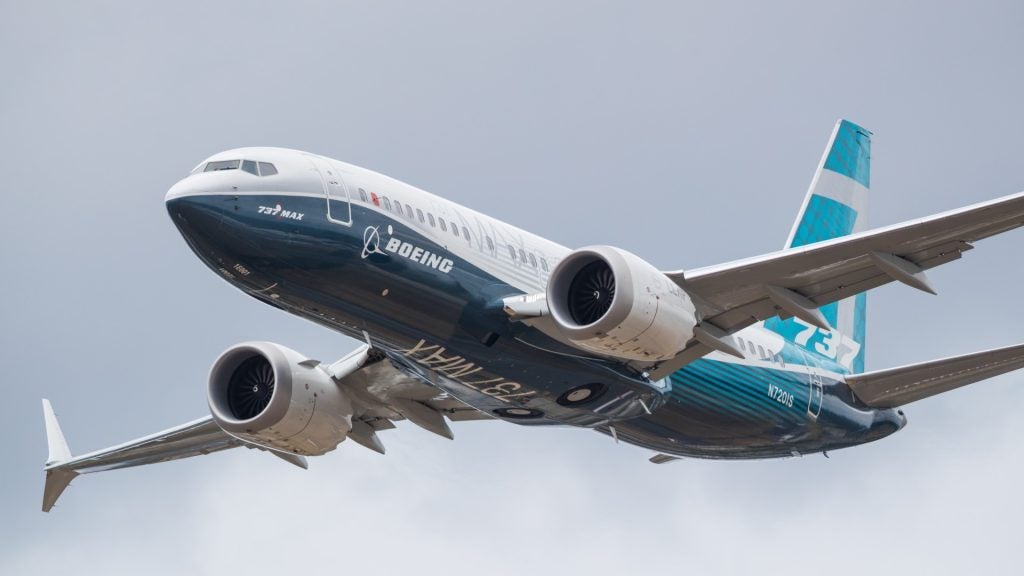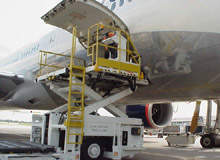
Recent innovations in airport and aerospace engineering and technologies have lead to major changes around the airport. The subsequent knock-on effect has led to a range of smaller but equally important innovations in the airport’s ground support sector.
Often overshadowed by the larger, sexier projects, ground support is fundamental to an airport’s operations. From reducing runway collisions to de-icing a plane before take-off, ground support is the hidden saviour of commercial flight.
Surface detection
The need for effective runway maintenance became ever more critical after the Air France Concorde crash in July 2000, apparently caused by debris left behind by a departing Continental Airlines DC-10.
So, as several airports around the world modify runway and apron management procedures, investments are also being made in technology to help reduce accidents involving debris. In some cases, this modification includes the addition of airport surface detection equipment.
Chicago O’Hare and Atlanta’s Hartsfield Jackson airports have added ground support technology that collects data from a variety of sources including transponder-equipped vehicles. The system helps controllers detect potential runway conflicts, creating a continuously updated map of the airport movement area that controllers can use to spot potential collisions.
How well do you really know your competitors?
Access the most comprehensive Company Profiles on the market, powered by GlobalData. Save hours of research. Gain competitive edge.

Thank you!
Your download email will arrive shortly
Not ready to buy yet? Download a free sample
We are confident about the unique quality of our Company Profiles. However, we want you to make the most beneficial decision for your business, so we offer a free sample that you can download by submitting the below form
By GlobalDataThe system is seen as being so important that the US Federal Aviation Administration has projected all airports will have one by the end of 2010.
TrackJet, developed by the Weigel Hochdrucktechnik Company, is being introduced worldwide and is already used at London Heathrow Airport to clear the debris after an obstacle is found.
More traditional high-pressure wash-up methods wash away the macro texture of runways to varying degrees, but the TrackJet has been modified to allow cleaning of the runway without damaging the surface or removing paint markings.
TrackJet employs a specially developed high-pressure water jetting method that uses extremely low amounts of water. At a normal level of dirt only 2.5l of water is required per square metre, considerably less than with previous customary water jetting systems.
There is also new friction testing equipment for airport runway maintenance. Scandinavian Airport and Road Systems AB has developed the SARSYS Friction Tester (SFT) and the Trailer Friction Tester. The SFT is a SAAB 9-5 car combined with an installed system designed for measuring friction on airport runways and taxiways.
The system operates via a measuring wheel, mechanically geared to one of the rear main wheels of the base car. An electronic sensor system measures the forces created by the measuring wheel by the friction against the runway surface. The computerised system in the SFT processes the signals received and continuously calculates the friction coefficient.
They are 280 units being used at airports worldwide. Runway surface friction is directly relevant to the braking action that will be available to the aircraft decelerating after touchdown, or after a decision to reject a take-off.
De-icing technologies
Winter provides some of the most severe challenges for airport operators. Every pilot knows only too well the dangers caused by the build-up of ice over aircraft surfaces. Thankfully, there have been some advances in de-icing technology that do more than de-ice.
Newark and John F Kennedy airports have recently embraced infrared de-icing. The unique thermal de-icing method uses natural gas or propane to produce infrared energy efficiently.
This energy is focused in an optimal manner to remove frost, snow, ice and water from aircraft surfaces quickly and safely, without adversely affecting the aircraft or ground personnel.
The more traditional de-icing equipment uses glycol-based fluids; the infrared process eliminates the need for glycol reducing the environmental impact of de-icing operations.
Catering to the A380
In the last few years, airports have been scrambling to get ready for the gigantic Airbus A380, which is now flying to a handful of major international airports.
The craft has been marketed on the basis that it requires similar ground support equipment to the 747-400, however, modifications have had to be made so that the A380’s upper deck door can be used for catering.
Paris Charles de Gaulle has seen a rapid growth in the number of A380 movements, so it was fitting that French company SOVAM stepped in to help. It developed and supplied new equipment to extend service to the A380 using its CT50H catering truck.
According to SOVAM, the CT50H is a new product that provides the added height of 8.1m to reach the upper deck. There is also new technology in the stabilisers to increase stability during high wind conditions. The truck is equipped with proximity detectors, infrared sensors and cameras to improve its agility and to ensure it is situated just above the right wing.
Fire safety
The fire safety sector is also being recognised for its ground support innovations. For example, Macau International Airport in China has taken delivery of new Panther 6×6 ARFF fire trucks with state-of-the-art features including infrared cameras with night vision, the ability to hold 3,000 gallons of water and the pumping capability of 1,850 gallons per minute.
US-based Rosenbauer Company says it won’t stop there with its vehicles. It is planning further modifications including the ‘Stinger’, a high-reach elevated turret.
“It’s like nothing else in the industry,” according to a company spokesman. “We have designed the piercing tip to rotate 90 degrees up or down for increased piercing capability.”
Power on demand
Environmental concerns have been driving demand for better electric power that can be adapted for large equipment. Electric power works on demand, without the expensive, extended ticking over time as with diesel motors.
The Commander 15i Electric aircraft loader is being introduced at several airports by US company JBT Aerotech. With unique features and the benefits of electric technology, the loader’s design includes two standard 80V batteries, an AC drive motor, powered hydraulics and a hydrostatic drive system.
It is more cost efficient, when compared with today’s erratic fuel prices.
Bigger picture
Ground support equipment is not just confined to the runway, aprons and gates. In areas such as the terminals and parking lots ground support equipment is also helping airports record successful throughput rates and ensuring passengers further enjoy their airport experience. But that is another story.



